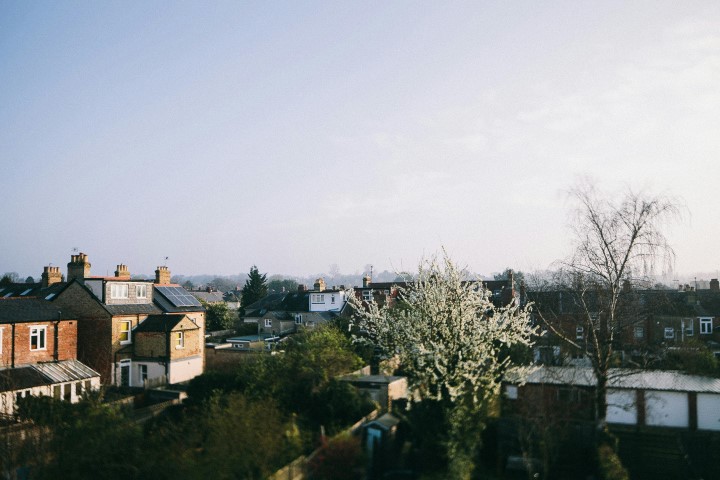In many cities in the United Kingdom (UK), urban regeneration projects have served as catalysts for the transformation of underutilised areas into thriving, sustainable communities. These initiatives have a big impact on neighbourhood development and property values in addition to enhancing amenities and infrastructure.
This article examines how property values and community dynamics in several UK cities are affected by urban redevelopment efforts. This article also includes observations from Walter Soriano, who is a central London property expert with years of experience in the industry as well as other reputable sources.
Property Price Appreciation:
Property prices in places that have been rejuvenated often rise as a result of urban regeneration programmes. According to Walter, “The infusion of funds and upgrades in facilities, public spaces, as well as amenities may greatly improve the appeal and estimated value of properties in rejuvenated neighbourhoods.”
For instance, revitalization initiatives in old industrial districts like Ancoats and Baltic Triangle in places such as Manchester and Liverpool have turned once-neglected neighbourhoods into hip residential hotspots. In addition, as rightly identified by Walter, “Property prices in these revitalised neighbourhoods have seen significant appreciation, luring investors and homebuyers aiming to take advantage of the area’s fresh appeal.”
To illustrate, as CityRise also rightly pointed out,1 “Known for boutique eateries, eclectic bars, and its thriving creative sector, Ancoats is usually described as one of the coolest areas of Manchester. This is the result of a 30-year project to turn the former industrial wasteland into one of the most appealing locations for new businesses, tourists, and residents.”
In terms of the Baltic Triangle in Liverpool, the investment was over 190 million Great British Pounds (GBP). Correspondingly, perhaps it’s no coincidence that “Liverpool experienced a remarkable 41% surge in property values during five years preceding 200, marking the UK’s highest residential property price growth. This outpaced the increases in other major cities, with Manchester at 35%, Leeds at 30%, Birmingham at 27%, and London at 10%”.2
Similar to this, in London, revitalization initiatives like the reconstruction of Stratford and King’s Cross for the Olympics have stimulated the local real estate markets. Notably, as Walter points out, “The redevelopment of these areas has increased interest in housing, propelling higher property values and transforming the local real estate market.”
This is directly aligned with another source that stated “The development of the Olympic Park resulted in the regeneration of the old industrial area. The inflow of visitors during and after the games stimulated local businesses and created job opportunities. The games brought communities together, fostering unity and pride in Stratford.”3
Community Development:
Urban redevelopment initiatives have an effect on property values as well as social cohesion and community development. According to Walter, “By rejuvenating public spaces, creating opportunities for employment, and promoting cultural amenities, redevelopment projects may improve the general standard of life for citizens and improve community bonds.”
For example, redevelopment projects in Birmingham’s Digbeth district have brought the creative scene back to life and drawn in artists, businesspeople, and cultural organisations. Walter put it best when he stated that, “The redevelopment of Digbeth has not only reshaped the physical environment but also developed a sense of identity and pride amongst the local population, driving community involvement and cooperation.”
As a matter of fact, “Plans for four new buildings in Digbeth, including a 37-storey high residential tower, have been approved despite concerns raised by the council’s conservation team. The proposed buildings include two residential towers with 546 apartments between them and two student blocks with 710 units.”4
Similar to this, in Glasgow, revitalization initiatives in places like the River Clyde shoreline have transformed abandoned locations into bustling waterfront attractions. Furthermore, according to Walter, “The redevelopment of the River Clyde waterfront has resulted in an exciting new hub for entertainment, relaxation, and cultural events, increasing the city’s appeal and promoting a sense of belonging amongst residents.”
From various sources, it is also reported that this regeneration is considered a major player in economic growth for the city, as it is likely it will bring many more visitors via the river to the city.5
Challenges and Considerations:
Urban regeneration initiatives have many benefits, but issues like gentrification, relocation, and affordability still need to be resolved. Hence, as Walter observes, “It’s important to make sure that revitalization advantages are accessible to all, minimising the risk of relocating current communities and maintaining affordable housing options.”
Furthermore, participatory planning methods and community involvement are essential to the accomplishment of revitalization programmes. As asserted by Walter, “Involving local residents, companies, and stakeholders in the decision-making process develops a sense of belonging and guarantees that revitalization initiatives correspond with the requirements and desires of the community.”
Conclusion:
In conclusion, urban redevelopment projects are central to the rejuvenation of neglected areas of the UK, and can push up property valuations. Not to mention, it is possible to promote a sense of belonging in the community and increase the overall quality of life for residents of these UK areas and cities.
Thus, via investing in infrastructure, facilities, and public spaces, these redevelopment urban projects are capable of completely transforming the urban environment that creates vibrant and inclusive communities. Nevertheless, it is important to point out that there are certain difficulties as well. For instance, the UK Government will be required to handle issues like gentrification and affordability to make sure that the advantages related to the relevant rejuvenation are shared equitably and are part of the long-term sustainability and resilience of UK cities.




